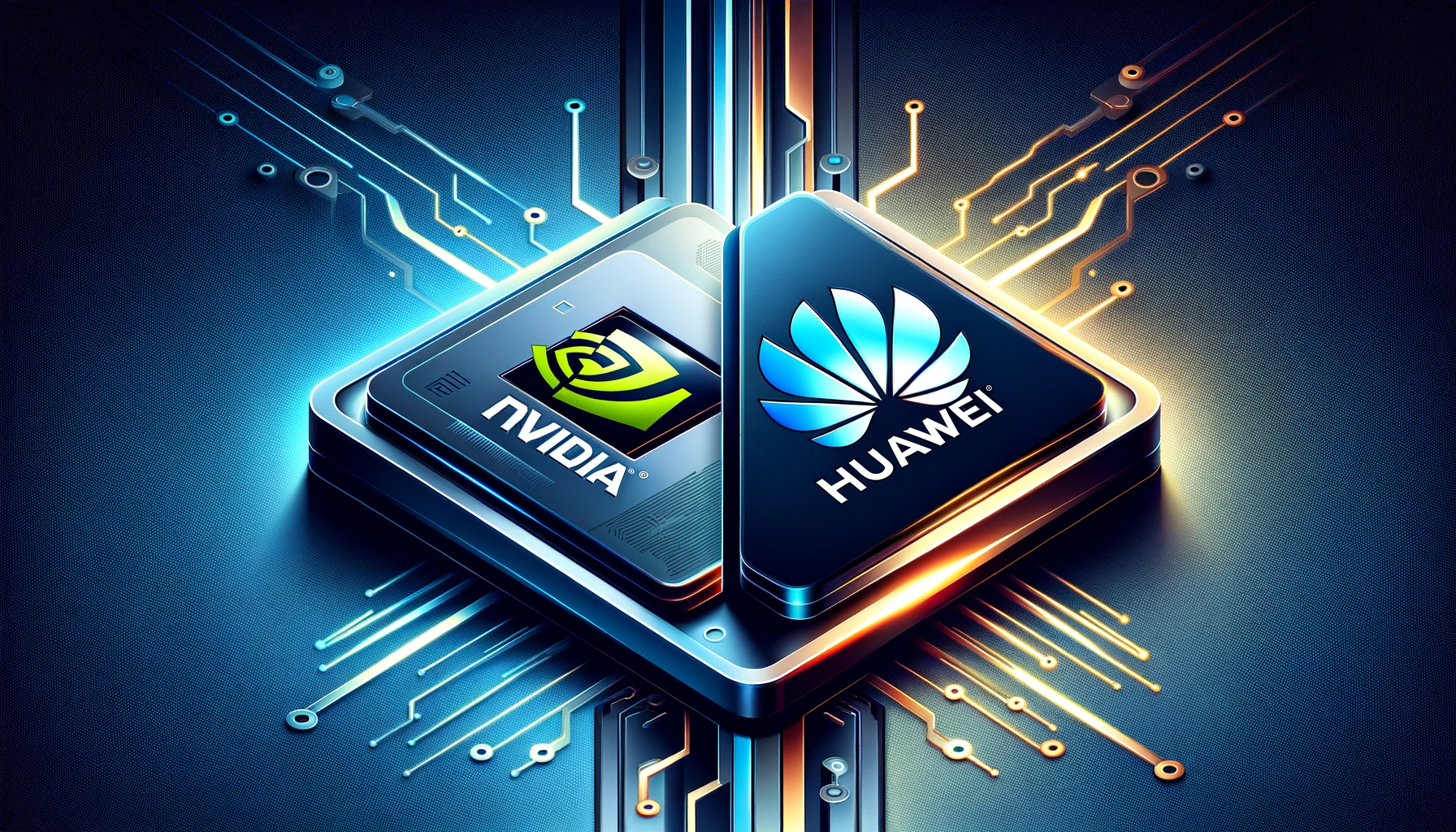
In an era where technological supremacy forms the cornerstone of geopolitical power, Nvidia’s latest foray into the Chinese market with its AI chip, the H20, signals a pivotal moment in the intricate dance of global tech dominance. This strategic move, set against the backdrop of escalating tensions and stringent export controls, not only highlights the resilience and ingenuity of tech giants but also underscores the critical role of innovation in navigating the choppy waters of international politics and market competition.
Nvidia’s Calculated Challenge to Huawei
A Closer Look at Nvidia’s H20 Initiative
Nvidia, a titan in the realm of graphics processing and artificial intelligence, has initiated the pre-order phase for its newly developed AI chip, the H20, designed with the Chinese market in mind. This move is indicative of Nvidia’s ambition to carve out significant market share in a domain where Huawei, a homegrown tech behemoth, has long held sway. Sources privy to these developments suggest that distributors are aligning the H20’s pricing with that of Huawei’s Ascend 910B, setting the stage for a head-to-head competition.
- Strategic Implications: The launch of the H20 is Nvidia’s response to the expanded bans on high-end chip exports by the U.S., aimed at curtailing China’s prowess in AI and military-grade computing. It represents a nuanced blend of compliance with regulatory demands and strategic market engagement.
- Technological Showdown: Despite its innovative design, the H20 is reported to offer less computing power compared to Nvidia’s flagship models and even Huawei’s Ascend 910B in certain critical aspects. This has raised questions about its competitive viability and the strategic rationale behind its pricing strategy.
Pricing Dynamics and Market Response
The pricing spectrum for the H20, ranging between $12,000 to $15,000, mirrors the intricate balance Nvidia aims to strike between competitive positioning and profitability. Interestingly, some distributors have taken to marking up the price significantly, a testament to the high demand and the premium placed on advanced AI capabilities in the Chinese market. This move, while potentially enhancing short-term gains, also reflects the broader market dynamics where demand outstrips supply, and technological edge becomes a key differentiator.
The Broader Canvas: Geopolitics, Innovation, and Market Forces
Navigating Geopolitical Tensions
The backdrop to Nvidia’s strategic maneuver is a global landscape marred by rising geopolitical tensions, where technology, especially AI and computing capabilities, is at the heart of power struggles. The U.S.’s export restrictions are a case in point, serving both as a catalyst for innovation within these constraints and as a hurdle for China’s technological ambitions. Nvidia’s development of the H20 and its siblings is a direct response to these challenges, showcasing the company’s agility in adapting its technological offerings to fit the nuanced landscape of international trade and regulation.
Market Dynamics and the Competitive Arena
The introduction of the H20 into the Chinese market is more than a mere product launch; it is a strategic play in a high-stakes game of chess involving global tech giants. The competition between Nvidia and Huawei over AI chip supremacy is emblematic of the larger battle for technological dominance in the digital age. This contest is not only about the chips themselves but also about setting the pace for innovation, shaping the future of AI development, and, by extension, influencing the geopolitical balance of power.
Looking Ahead: Implications for the Tech Industry and Beyond
As the dust settles on Nvidia’s announcement and the market begins to respond, the implications of this development extend far beyond the immediate competitive dynamics between Nvidia and Huawei. The tech industry, policymakers, and strategic planners are keenly observing how these moves will influence the global technology landscape, the pace of AI innovation, and the strategic alignments that may emerge in response.
- Innovation at the Crossroads: Nvidia’s foray into the Chinese market with the H20 underscores the relentless drive for innovation that characterizes the tech industry. It also highlights the challenges and opportunities presented by geopolitical tensions and regulatory landscapes.
- Strategic Realignment: As companies like Nvidia navigate the complexities of international markets and regulatory constraints, their strategies may prompt a realignment of global tech alliances, supply chains, and research and development priorities.
- The Future of AI Development: The competition between Nvidia’s H20 and Huawei’s Ascend 910B is a microcosm of the broader race for AI supremacy. The outcomes of such contests will undoubtedly influence the direction of AI research, the application of AI in various domains, and the global distribution of technological power.
Nvidia’s strategic maneuver with the H20 chip in China is a testament to the intricate interplay between technology, geopolitics, and market forces. As the tech world watches on, the ripple effects of this move will reverberate through the corridors of power, the labs of innovators, and the marketplaces of the world, shaping the trajectory of technological advancement and the global balance of power in the digital age.
Featured Image courtesy of DALL-E by ChatGPT
